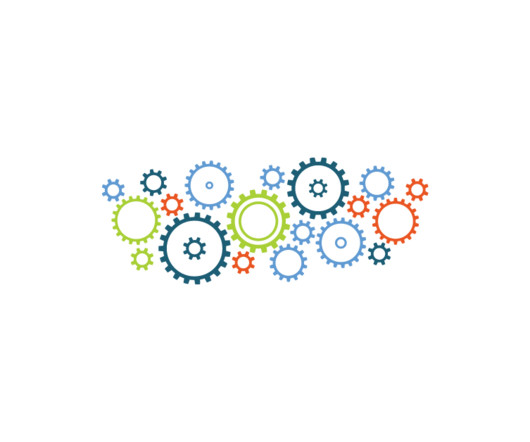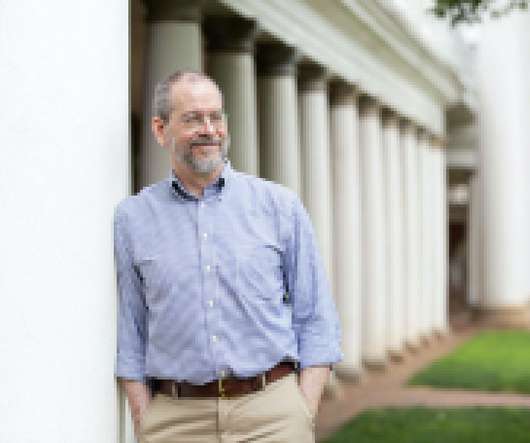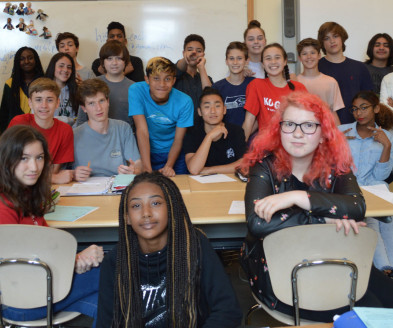Unleashing Metacognition: The Power of See, Think, Wonder
Catlin Tucker
AUGUST 5, 2023
Next, students progress to the stage of “thinking.” This critical thinking process encourages them to draw inferences, identify patterns, and make informed interpretations. Historical Events: When studying historical events, people, or places encourage students to analyze primary sources.















Let's personalize your content